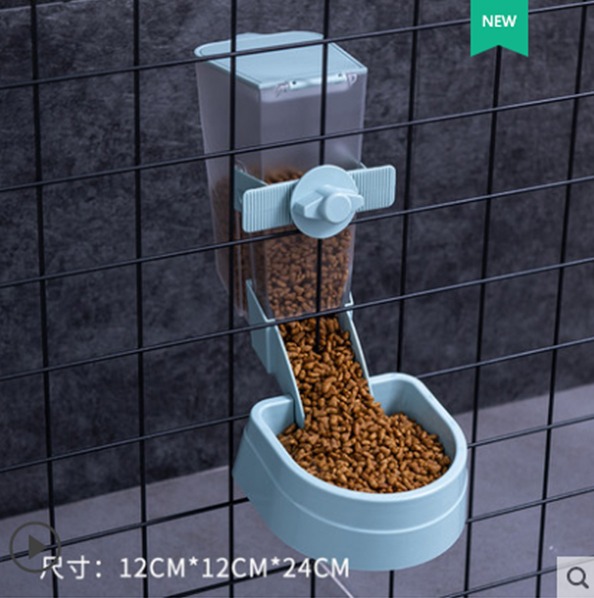Feeding your pet may seem straightforward, but choosing the right tools can make a significant difference in their health and routine. Among the many practical products available for pet owners today are the Slow Food Bowl and the pet food feeder. These two tools, when chosen thoughtfully, can work together to promote healthier eating habits, reduce digestive issues, and improve your pet's overall feeding experience.

The pet food feeder has become a common addition to households that aim to maintain consistent meal schedules. Whether you prefer a manual, gravity-fed model or an automated electronic version, feeders offer convenience and control over portion sizes. This is especially important for pets that tend to overeat or those who need meals distributed throughout the day. With accurate portioning, a pet food feeder helps maintain a stable diet and less the risks associated with irregular feeding times.
But controlling the amount and timing of food is only one part of the equation. Equally important is the speed at which your pet eats. That’s where a Slow Food Bowl can make a difference. Pets, especially dogs, often eat too quickly, pilot to potential health problems such as choking, vomiting, or bloating. By introducing physical obstacles within the bowl, the Slow Food Bowl encourages pets to eat slowly and mindfully.
When selecting a pet food feeder, consider your pet’s size, age, and eating behavior. Some feeders are designed with small compartments that are ideal for cats or small dogs, while others feature larger storage capacities for big breeds. The design should also be easy to clean, as hygiene is crucial to your pet’s well-being. Whether you’re feeding dry kibble or wet food, the materials and structure of the feeder should suit your feeding preferences.
Combining the pet food feeder with a Slow Food Bowl can enhance mealtime structure. For example, an automated feeder can dispense a pre-measured amount of food into a Slow Food Bowl at set intervals. This approach helps avoid the tendency for pets to eat large amounts of food quickly and unsafely.
Training your pet to adapt to new feeding tools may take a few days, but the long-term benefits are worth the effort. lots of pets adapt well to the use of a Slow Food Bowl. Once they understand how to navigate the built-in ridges or mazes, it becomes a fun challenge that engages their minds. Meanwhile, the consistency offered by a pet food feeder adds predictability to their routine, reducing anxiety and behavioral problems related to food.
In households with multiple pets, feeding can become competitive. A pet food feeder can help you establish separate feeding times or portions, while Slow Food Bowls prevent pets from eating too fast in response to that competition. Each pet can have their own bowl and feeder setup, which helps maintain calm, organized feeding areas and reduces the risk of resource guarding or food stealing.
The materials of both the Slow Food Bowl and the pet food feeder are also important. Look for food-safe plastics, stainless steel, or ceramics that are durable and easy to clean. Many models are dishwasher safe, making maintenance simple for busy owners.
Choosing the right pet food feeder and pairing it with a Slow Food Bowl can greatly improve your pet’s feeding experience. These tools support healthy habits, improve digestion, and help prevent common problems associated with poor eating behaviors. By taking time to understand your pet’s needs and selecting the right products, you can contribute to a more structured, enjoyable, and healthy daily routine for your furry companion.


 English
English Español
Español Deutsch
Deutsch

